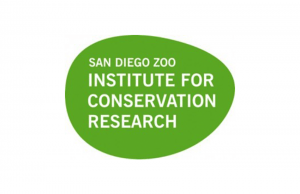Less than one month after his death, Ranchipur, the 50-year-old Asian elephant, was entering the next stage of the San Diego Zoo’s circle of life.
Ranchipur’s new chapter was unfolding inside San Diego Zoo Global’s Beckman Center for Conservation Research, where cells from the 10,000-pound elephant were bound for a tank filled with liquid nitrogen and a future that we can’t even imagine yet.
The elephant was about to become a resident of the Frozen Zoo, where the end of life can be the beginning of a whole new journey.
“We told the keepers, ‘If it helps, a piece of him is living in the Frozen Zoo,’” senior researcher Marlys Houck said of the cells from the elderly elephant, who was euthanized at the zoo in August. “We don’t know what (the cells) will be used for in the future, but they are a source of DNA. So when we get them, we bank them. The time to bank is while the species is abundant. The pressure when it’s down to the last one is just so much.”
Located just up the road from the San Diego Zoo Safari Park near Escondido, the Frozen Zoo is home to more than 10,000 living cell cultures, sperm and other genetic materials representing nearly 1,000 species and subspecies.
Inside six tanks filled with liquid nitrogen kept at minus 320 degrees Fahrenheit are genetic materials from massive elephants, Oustalet’s chameleons and the last po’ouli, a bird native to Maui that went extinct a decade ago. A matching set of tanks (and their contents) is housed at a second undisclosed location, just in case something goes awry at the main site.
The full article available at The San Diego Union-Tribune.


